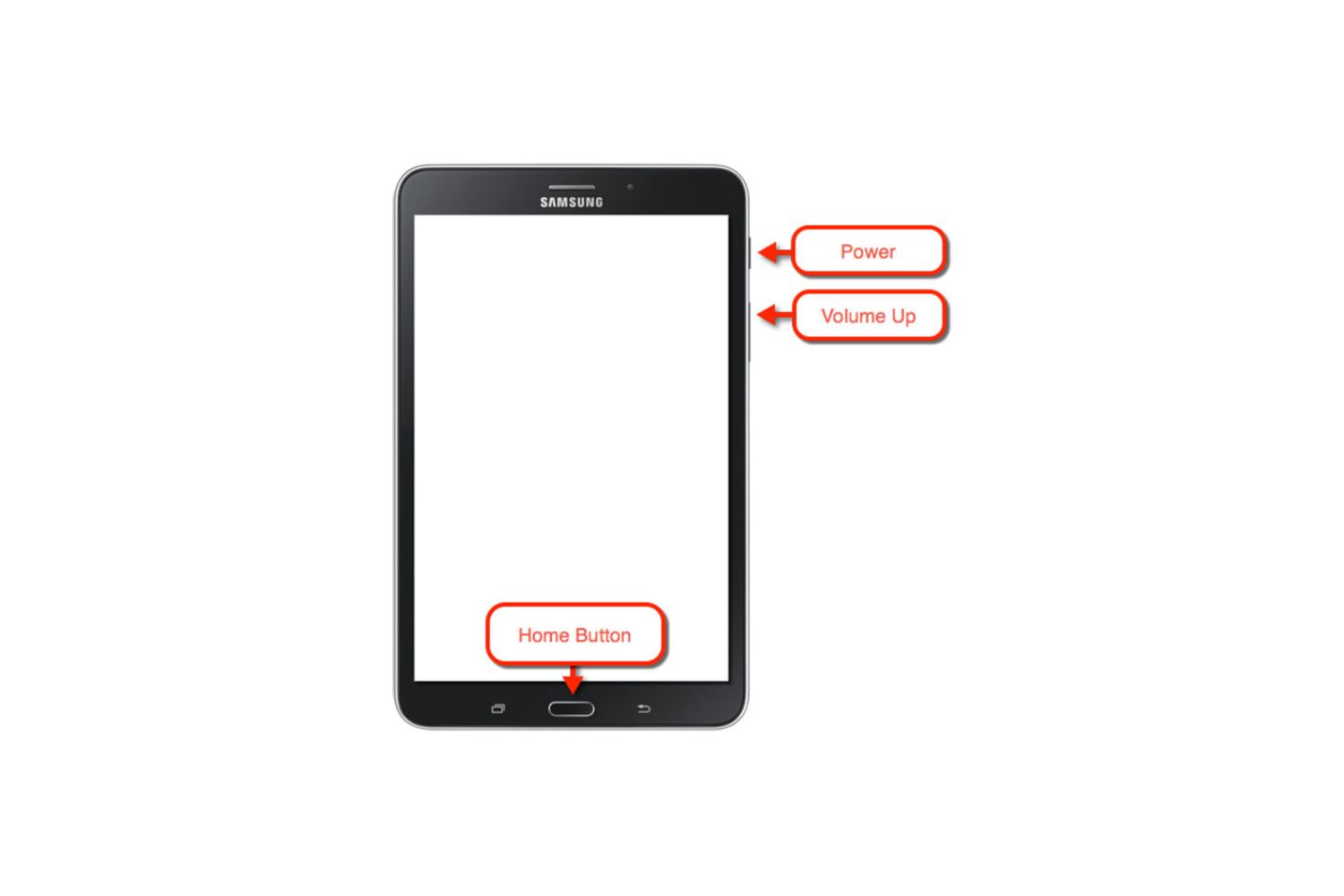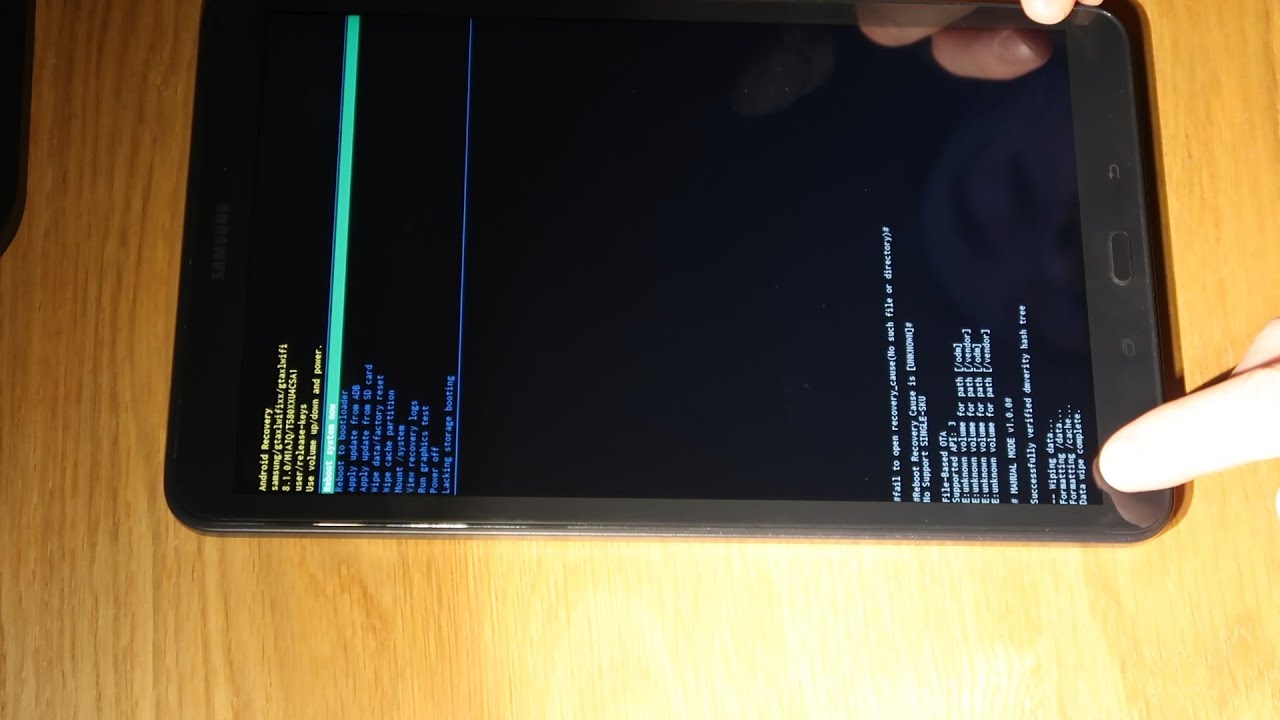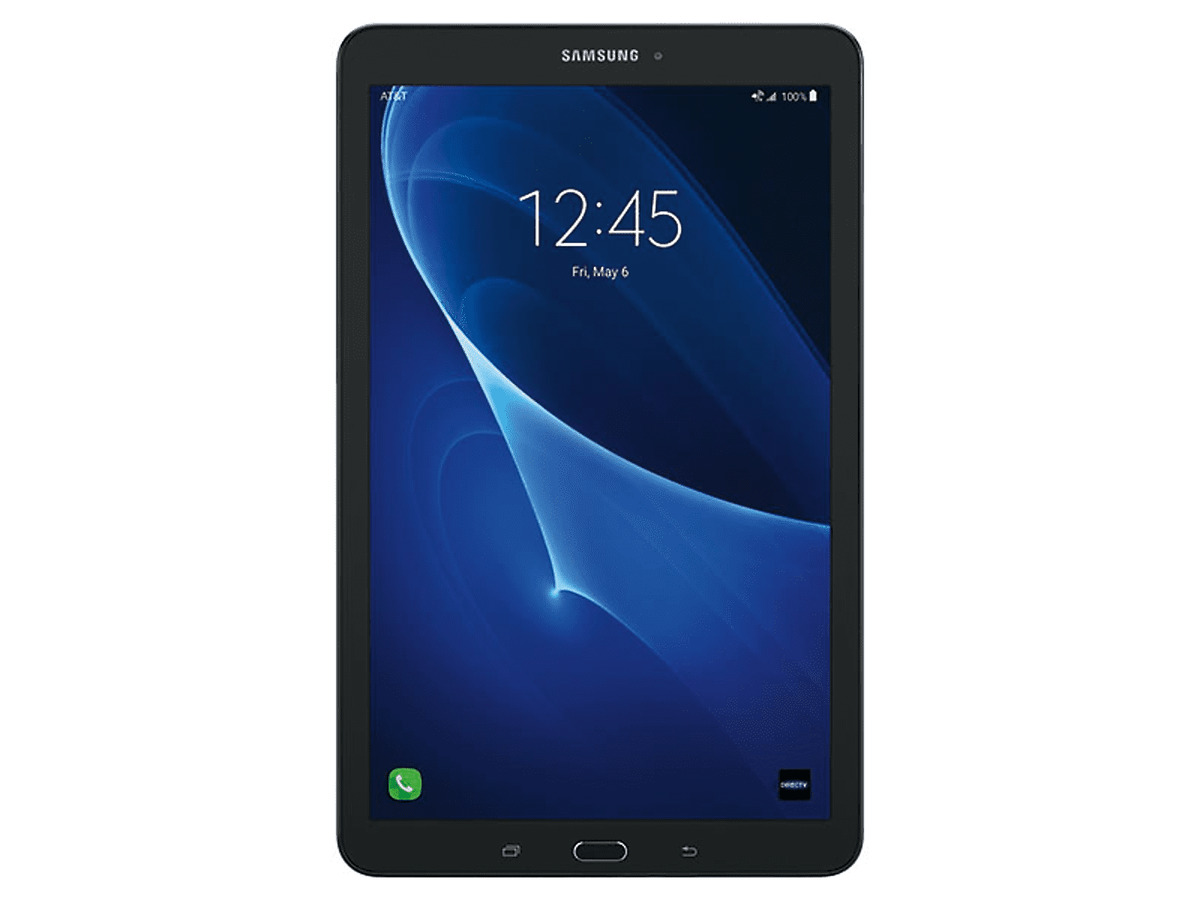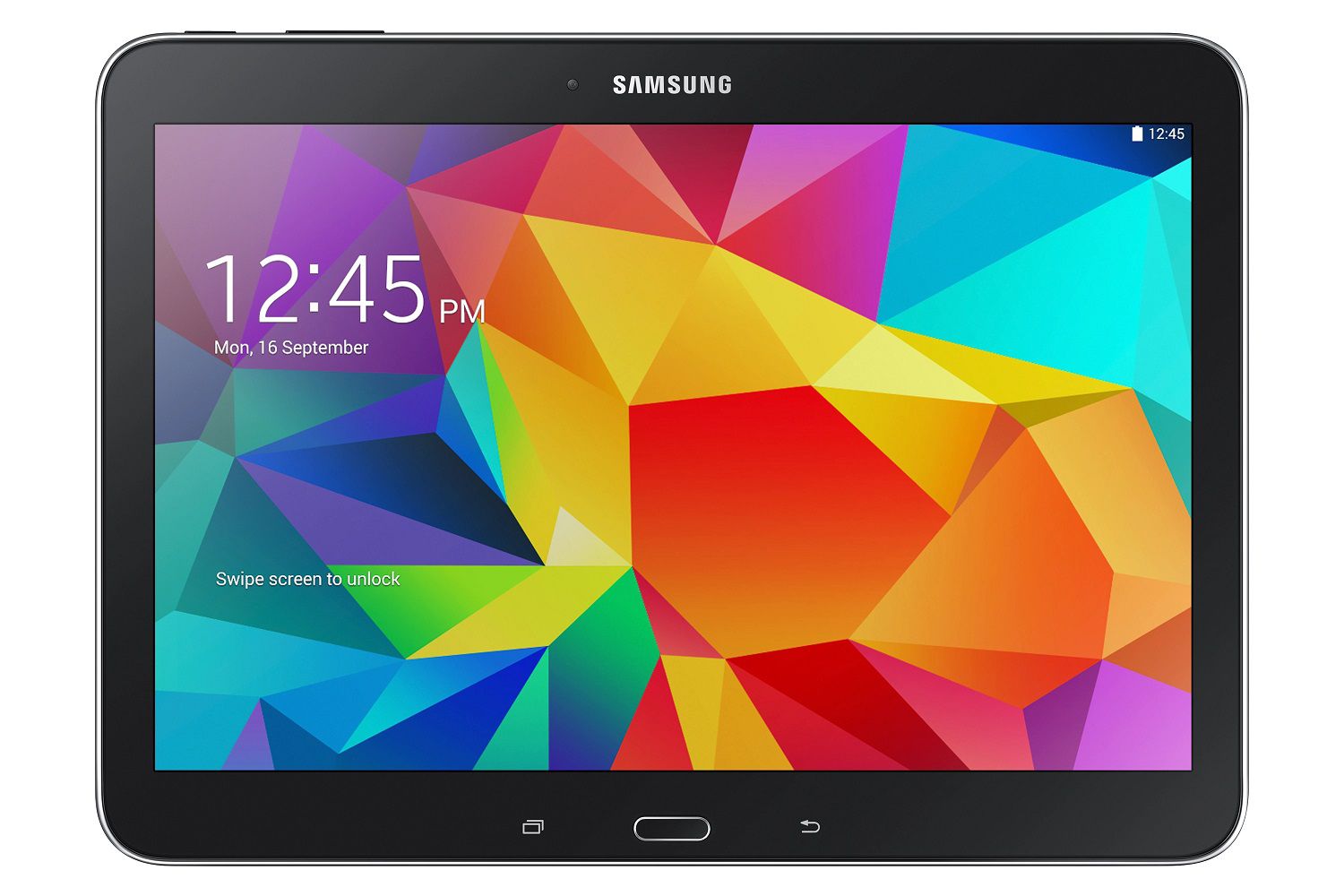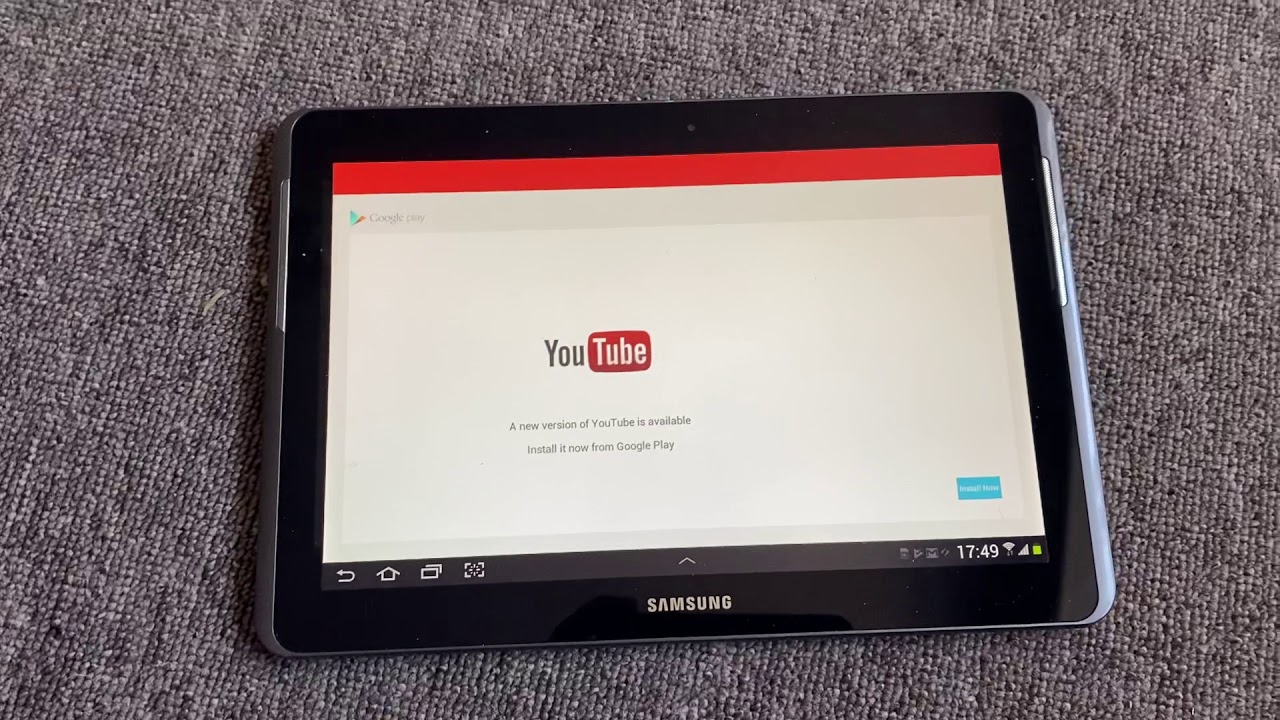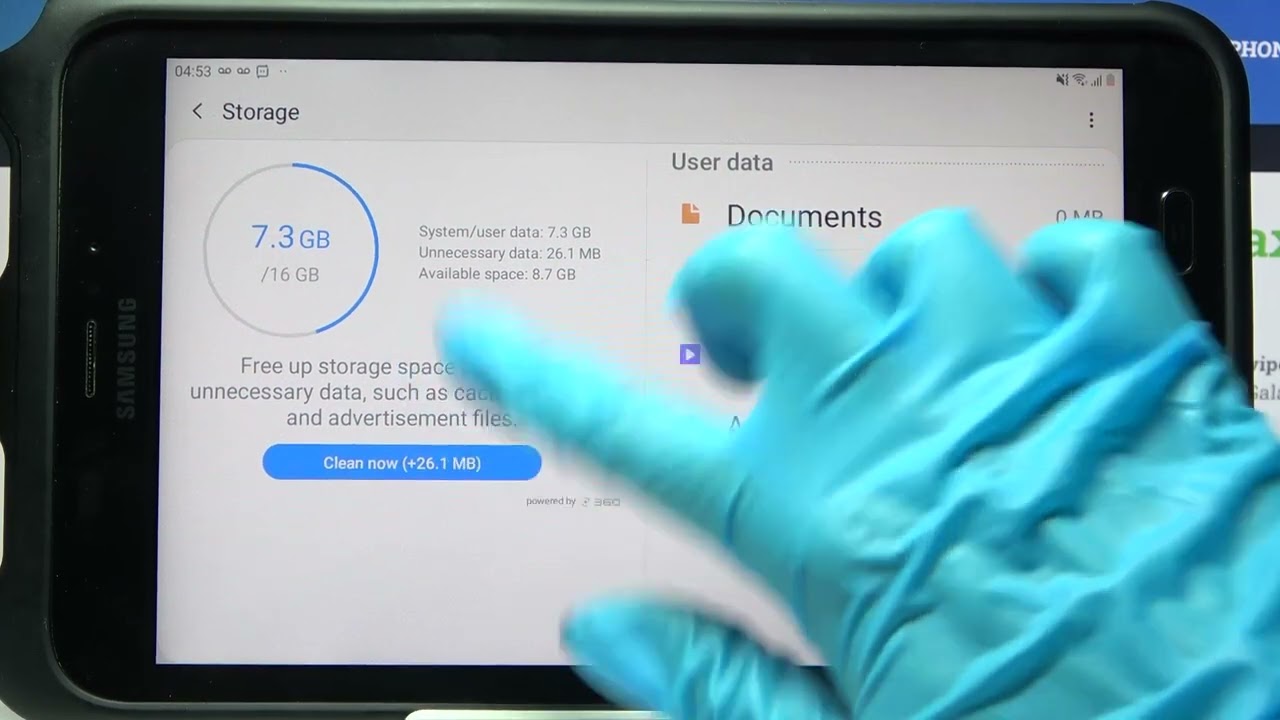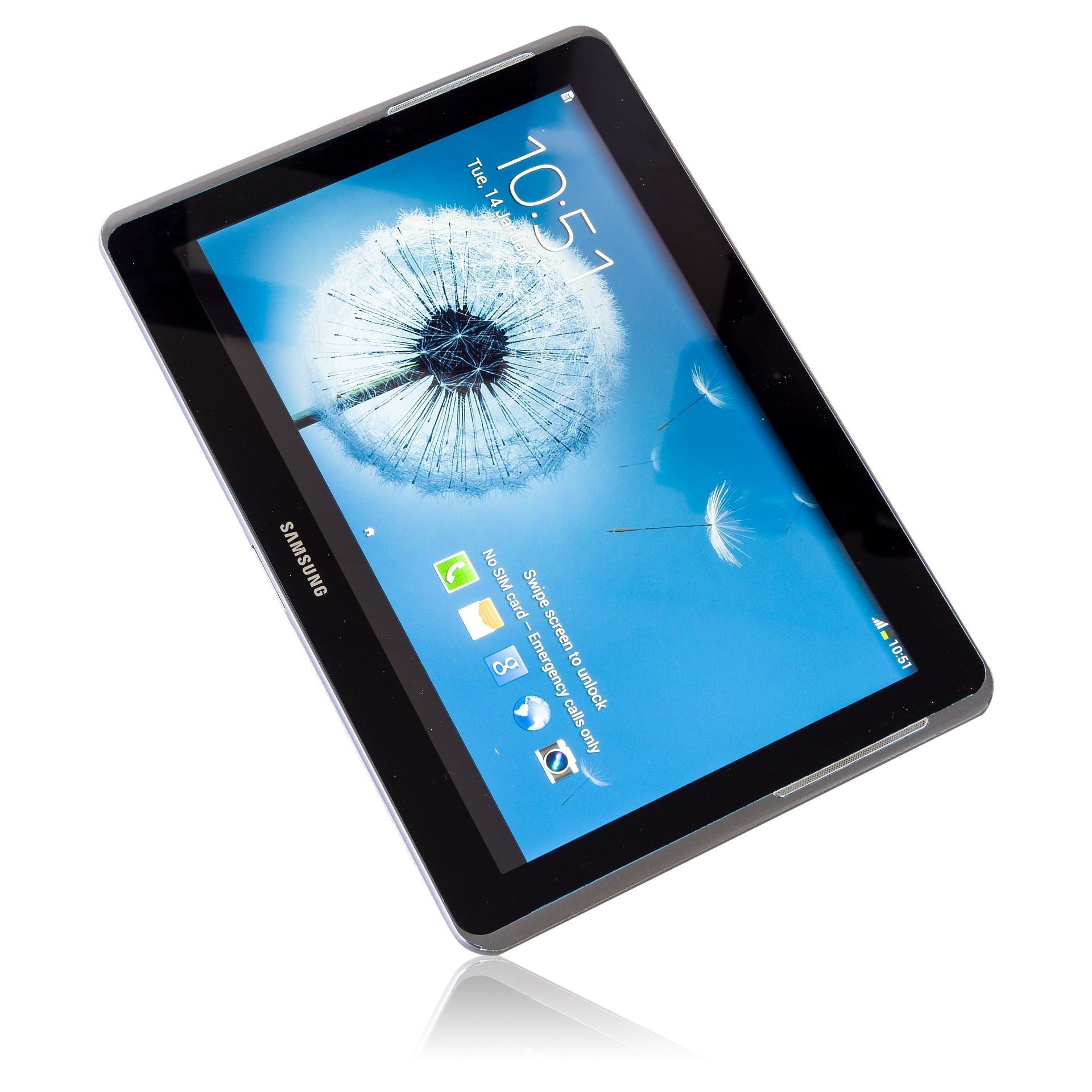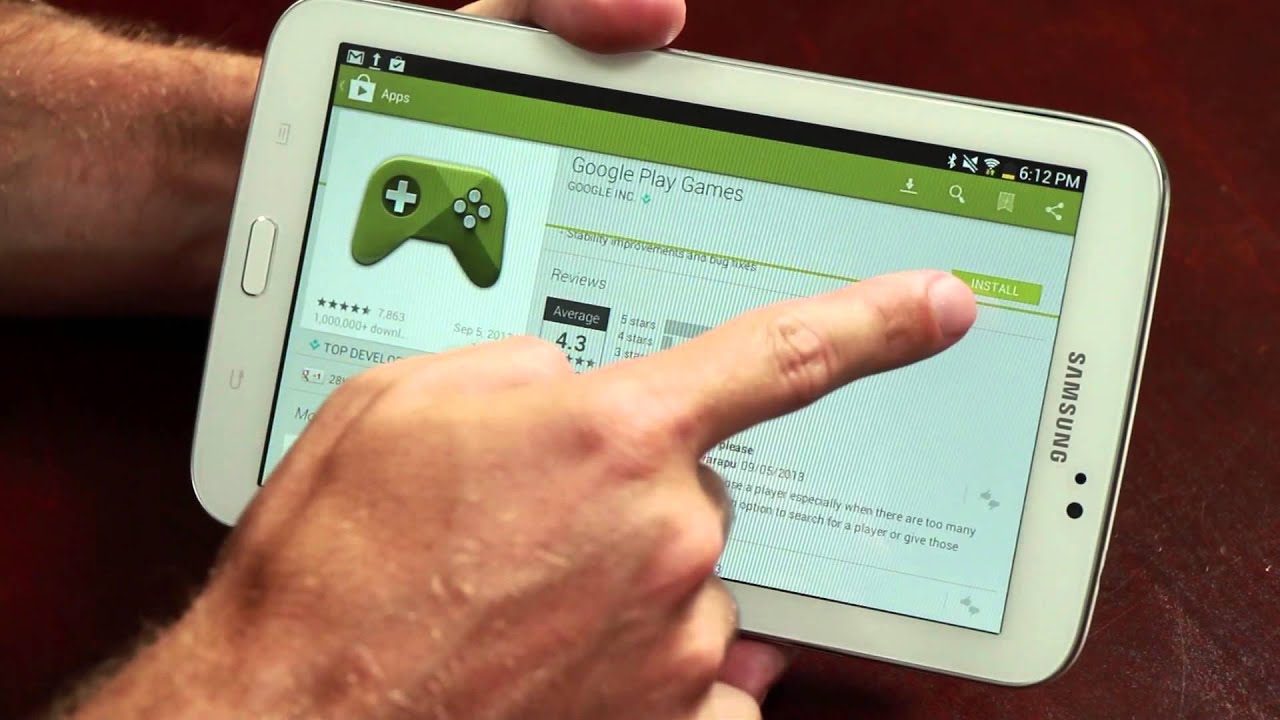Introduction
Welcome to the world of Samsung tablets! These versatile devices have become a staple in our lives, serving as a portable entertainment hub, a productivity tool, and so much more. However, there may come a time when you encounter issues with your Samsung tablet that can’t be easily resolved. In such cases, resetting your tablet can often be an effective solution.
Resetting your Samsung tablet can help address various issues, such as performance slowdowns, unresponsive apps, software glitches, or even privacy concerns. It essentially brings your tablet back to its original state, wiping away any troublesome software or settings that may be causing problems.
Before we delve into the step-by-step process of resetting your Samsung tablet, it’s important to understand that there are two types of resets: a soft reset and a factory reset. A soft reset simply restarts your tablet, while a factory reset erases all data and settings, returning it to its factory default state.
In this guide, we will explore both types of resets to help you troubleshoot common issues with your Samsung tablet. Whether you’re a tech-savvy user or a beginner, this step-by-step guide will provide you with the necessary instructions, tips, and precautions to successfully reset your Samsung tablet.
Before we proceed, it’s crucial to note that performing a factory reset will erase all data on your tablet, including contacts, apps, photos, and files. Therefore, it’s essential to backup any important data before proceeding with a factory reset. Additionally, make sure your tablet is charged or connected to a power source to avoid any interruption during the reset process.
Now that we’re familiar with the purpose and types of resets, let’s dive into the detailed instructions for performing both a soft reset and a factory reset on your Samsung tablet.
Why would you want to reset your Samsung tablet?
Your Samsung tablet is a powerful device that can perform a wide range of tasks, but it’s not immune to occasional issues or performance hiccups. Here are some common scenarios where resetting your Samsung tablet can be beneficial:
- Performance issues: Over time, your tablet may start to slow down or become unresponsive. This can happen due to a buildup of temporary files, background processes, or incompatible apps. Resetting your tablet can help improve its overall performance and responsiveness.
- System glitches: Software glitches are an unfortunate reality of modern technology. Your tablet may start experiencing random crashes, freezes, or app malfunctions. Resetting your tablet can help resolve these issues by clearing out any corrupt system files or settings.
- App compatibility: Occasionally, you may encounter compatibility issues with certain apps or games. This can result in app crashes, error messages, or unexpected behavior. Resetting your tablet can help ensure a clean slate, allowing you to reinstall and configure apps without any compatibility issues.
- Security breaches: In some cases, your tablet may become compromised by malware, viruses, or unauthorized access. Resetting your tablet can help remove any malicious software or unauthorized access, giving you peace of mind and a fresh start.
- Selling or giving away your tablet: If you’re planning to sell or give away your Samsung tablet, it’s essential to wipe all personal data from the device. Resetting your tablet to its factory default settings ensures that all your personal information, accounts, and files are erased, offering a clean slate for the new user.
Resetting your Samsung tablet can be a powerful troubleshooting tool that allows you to overcome various issues and start fresh. However, it’s crucial to exercise caution and consider the potential consequences before proceeding with a reset. In the next sections, we will explore how to perform both a soft reset and a factory reset on your Samsung tablet, along with some important considerations to keep in mind.
How to do a soft reset on your Samsung tablet
If you’re experiencing minor issues with your Samsung tablet, a soft reset can often help resolve them without any data loss. Here’s a step-by-step guide on how to perform a soft reset:
- Step 1: Press and hold the Power button on your tablet until a menu appears.
- Step 2: From the menu options, select “Restart” or “Reboot”. This will initiate the soft reset process.
- Step 3: Wait for your tablet to shut down and then start back up again. This usually takes a few seconds.
- Step 4: Once your tablet has restarted, check if the issue you were experiencing has been resolved.
A soft reset essentially refreshes your tablet’s system and clears out any temporary files or minor glitches. It’s a quick and simple solution for addressing common performance issues or unresponsiveness. However, if the problem persists after a soft reset, you may need to consider a factory reset, which we will discuss in the next section.
It’s important to note that performing a soft reset does not erase any data or settings on your tablet. It’s a safe troubleshooting step that can be done without worrying about data loss. If you’re still facing issues with your tablet after a soft reset, a factory reset may be necessary.
Now that you know how to do a soft reset on your Samsung tablet, let’s move on to exploring the process of performing a factory reset, which will revert your tablet back to its original factory settings.
How to do a factory reset on your Samsung tablet
If you’re encountering persistent issues with your Samsung tablet or you’re preparing to sell or give away the device, performing a factory reset can be the solution. Keep in mind that a factory reset erases all data, so be sure to back up any important files before proceeding. Here’s how to perform a factory reset on your Samsung tablet:
- Step 1: Open the “Settings” app on your tablet. You can usually find it in the app drawer or by swiping down from the top of the screen and tapping the gear icon.
- Step 2: Scroll down and select the “General Management” or “System” option, depending on your tablet model.
- Step 3: Look for the “Reset” or “Reset Options” menu and tap on it.
- Step 4: Choose “Factory Data Reset” or a similar option. You may have to enter your device password or PIN for security purposes.
- Step 5: Review the information about data loss and make sure you have backed up any important files.
- Step 6: Tap on “Reset” or “Erase All” to initiate the factory reset process.
- Step 7: Your tablet will then begin the resetting process, which may take a few minutes to complete.
- Step 8: Once the factory reset is finished, your tablet will restart, and you will be greeted with the initial setup screen.
- Step 9: Follow the on-screen instructions to set up your tablet again, including signing in with your Google account and restoring any backed-up data.
It’s important to note that a factory reset permanently erases all data, including apps, contacts, photos, and personal files. Therefore, double-check that you have backed up everything you need before proceeding. After the factory reset, your tablet will be restored to its original factory settings, providing a fresh start and potentially resolving any lingering issues.
Now that you know how to perform a factory reset on your Samsung tablet, it’s crucial to consider a few important things before proceeding.
Important things to consider before resetting your Samsung tablet
Before proceeding with a reset on your Samsung tablet, there are a few important factors to consider. These considerations will help ensure a smooth and successful reset process:
- Backup your data: Prior to performing a factory reset, it’s crucial to backup any important data on your tablet. This includes contacts, photos, videos, documents, and any other files you don’t want to lose. You can backup your data to an external storage device, cloud storage, or by syncing it with your Google account. Remember, a factory reset will erase all data, and there’s no way to retrieve it once the reset is complete.
- Remove external storage: If your Samsung tablet has an external SD card or USB storage connected, it’s recommended to remove it before performing a reset. This will prevent any unintended data loss or compatibility issues during the reset process.
- Disable Factory Reset Protection (FRP): If you have FRP enabled on your tablet, make sure to disable it before performing a factory reset. FRP is a security feature that prevents unauthorized access to the device after a reset. You can disable FRP in the “Settings” menu under the “Security” or “Lock Screen” options.
- Charge your tablet: It’s important to ensure that your tablet has sufficient battery charge or is connected to a power source during the reset process. A sudden loss of power during a reset can lead to issues or incomplete resets.
- Double-check your decision: Resetting your tablet is a drastic step, so it’s important to think it through and make sure it’s the right solution for your issue. Explore other troubleshooting options, seek advice from experts, and consider the potential consequences before proceeding with a reset.
- Understand the reset impacts: Remember that resetting your Samsung tablet will erase all data and settings, reverting it back to its original factory state. This means you’ll need to set up your tablet again, reinstall apps, and reconfigure settings. Be prepared for this process and take note of any passwords or login details you may need.
By considering these important factors before resetting your Samsung tablet, you can ensure that you’ve taken the necessary precautions and made a well-informed decision. Additionally, these considerations will help safeguard your data and ensure a smooth reset process.
Now that you’re aware of the important considerations, you can confidently proceed with resetting your Samsung tablet to address any issues or prepare it for a new owner.
Conclusion
Resetting your Samsung tablet can be a powerful troubleshooting tool to address various issues, improve performance, or prepare the device for a new owner. Whether you opt for a soft reset to quickly refresh the system or a factory reset to start from scratch, it’s important to understand the process and consider the implications.
In this guide, we’ve provided step-by-step instructions on how to perform both a soft reset and a factory reset on your Samsung tablet. We’ve also highlighted the importance of backing up your data, removing external storage, disabling Factory Reset Protection (FRP), and considering the impacts of a reset.
Remember, a soft reset is a simple way to address minor issues and refresh the system, while a factory reset erases all data and returns your tablet to its original factory settings. Before proceeding with a reset, make sure to backup your important data and think through your decision.
By being well-informed and following the instructions provided, you can confidently troubleshoot issues with your Samsung tablet and achieve a fresh start. Whether you’re looking to improve performance, resolve software glitches, or prepare your tablet for a new user, resetting your Samsung tablet can help you achieve your goal.
So, go ahead and reset your Samsung tablet with confidence, knowing that you have the knowledge and guidance to tackle any issues that may arise. Enjoy the seamless experience and enhanced performance of your Samsung tablet!







